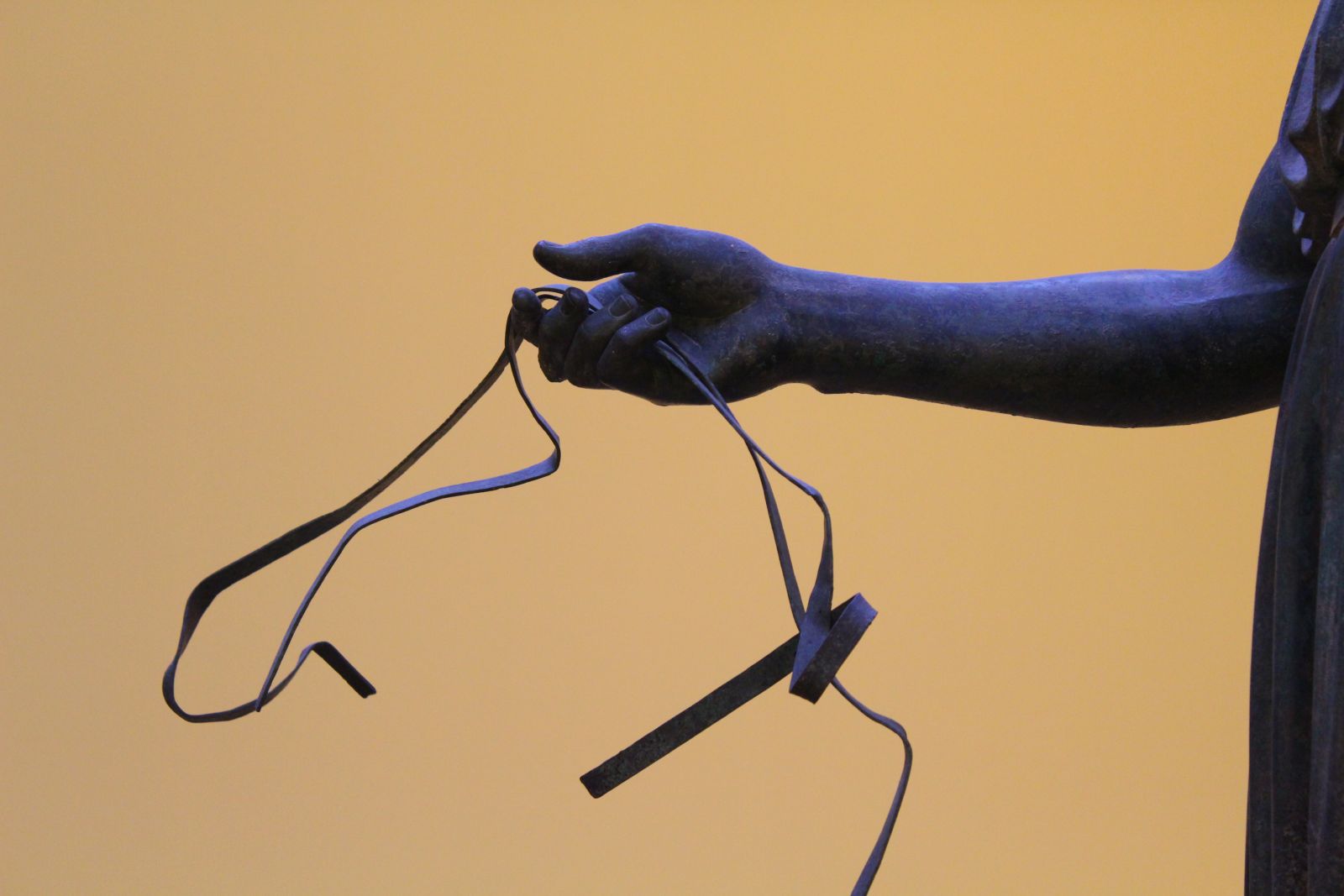Forschung
Ontologies of art in antiquity
Hugo Shakeshaft

Detail of the Delphi Charioteer, bronze, 470s BCE, Delphi Archaeological Museum (3517)
With the recent rise of Virtual Reality, Deepfakes, and other forms of AI-generated imagery, the relationship between representation and reality is a question of paramount concern today. Hugo’s current research explores this question in antiquity, probing how art’s relation to reality was seen and understood in Archaic and Classical Greece. In order to shed light on the status of art and images in ancient Greece, his research adopts a comparative perspective and sets Greek art within its wider Mediterranean and Near Eastern context. Although intimately tied to one another, the varied artistic cultures of ancient Greece, Egypt, Mesopotamia, and the Levant offered a range of answers to a question that remains fundamental to art history and visual culture now: what is an image? Stylistic similarities between these artistic traditions could be offset by radically different ideas about representation and reality. Hugo’s current research unpacks these similarities and differences by looking at various artistic media and descriptions of artworks in the literary records of ancient Greece and the Near East.


